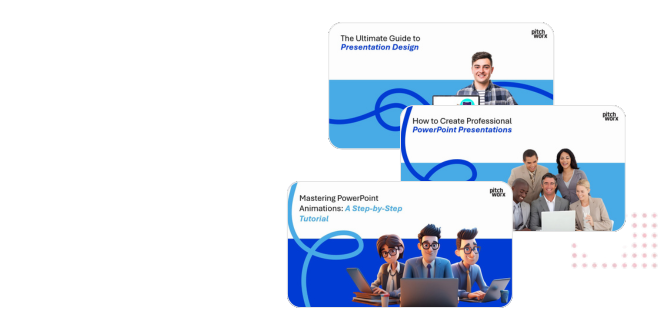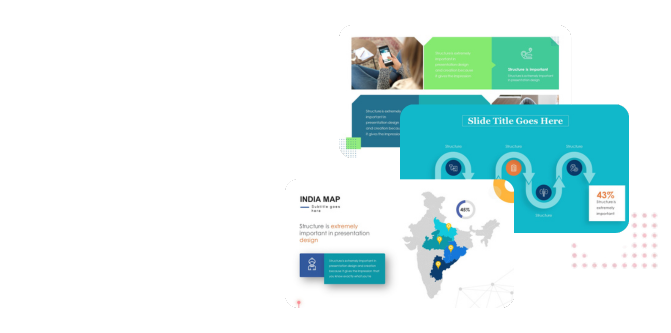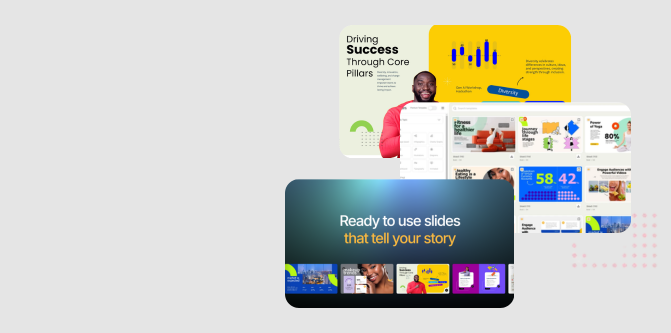Your team already invests hundreds of hours into creating compelling presentations—quarterly reports, sales decks, project proposals, and training modules. But once delivered, where do they go? Too often, they’re archived and forgotten, a massive repository of valuable content left untapped.
Imagine transforming that static slide deck into a dynamic video asset. You can share it on YouTube, embed it in a blog post, or circulate it as a bite-sized update on LinkedIn. By converting your Google Slides into an MP4 video, you’re not just recycling content; you’re multiplying its reach and impact. This guide will walk you through not only the technical steps but also the strategic thinking required to do it effectively.
Quick Answer
To export Google Slides as an MP4 video, you can download it directly from the menu. This method is ideal for creating simple, automated video loops for social media or internal communications. Studies show viewers retain 95% of a message from video, making this a powerful way to repurpose your content. Follow these steps:
- Navigate to File > Download > MPEG-4 video (.mp4).
- Set the default duration for each slide in the export dialog box. This applies to all slides without their own unique timings or transitions.
- Click Export. Google will process the video and initiate the download.
Why Turn a Presentation into a Video?
Before we jump into the “how,” let’s talk about the “why.” Converting presentations into videos isn’t just a clever trick; it’s a strategic move to maximize engagement in a world saturated with information. Video has become the default language of the internet, and for good reason—it’s more engaging, memorable, and accessible than text alone.
Viewer message retention when watching video
95%
Source: Insivia
Viewer message retention from reading text
10%
Source: Insivia
From our 13+ years of experience at PitchWorx, we’ve seen this shift firsthand. A client in the financial services industry transformed their dense 50-slide quarterly market analysis into a crisp 3-minute video summary. The result? Executive leadership and key stakeholders actually watched it, with feedback indicating a much clearer grasp of the key takeaways compared to just skimming the deck.
Here are the core benefits:
- Increased Engagement: Moving visuals and automated pacing hold attention far better than static slides that require manual clicking.
- Wider Accessibility: Videos can be uploaded to platforms like YouTube and Vimeo, reaching audiences who would never download a .pptx or PDF file.
- Content Repurposing: It breathes new life into existing work, turning a one-time presentation into an evergreen asset for marketing, training, or internal communications.
- Consistent Messaging: A recorded presentation ensures everyone receives the exact same information, delivered with the intended pacing and emphasis.
How to Export Google Slides to MP4: The Technical Steps
Google has made the direct export process relatively straightforward, though it comes with a few limitations to be aware of. Here’s a detailed breakdown of the process and the settings you’ll encounter.
- Open Your Presentation: Finalize all content, visuals, and animations within your Google Slides file. Ensure everything is exactly as you want it in the final video.
- Navigate to the Download Menu: Go to the top menu bar and click File > Download. From the list of options, select MPEG-4 video (.mp4).
- Configure Export Settings: A dialog box will appear. Here, you can set the “Seconds spent on each slide.” This is a global setting that applies to any slide without a specific transition or animation timing. The default is often three seconds, but you can adjust it from one to sixty seconds.
- Start the Export: Click the “Export” button. Google will begin processing your presentation in the background. A small window will appear at the bottom-right of your screen showing the progress. This can take anywhere from a few seconds to several minutes, depending on the length of your presentation and the complexity of its assets.
- Download the File: Once the process is complete, a “Download” button will appear. Click it to save the .mp4 file to your computer.
PitchWorx Pro Tip: The native export feature is excellent for simple, silent videos. However, it doesn’t automatically capture recorded narration. If you’ve inserted audio files on each slide, you need to ensure their timings and transitions are set up perfectly. For more complex projects requiring voiceovers, we typically advise clients to export the slides as images and assemble them in a dedicated video editing tool for full control over audio synchronization.
Optimizing Your Presentation for Video Format
A great presentation doesn’t automatically make a great video. The medium is different, and the audience’s consumption habits change. Before you even think about exporting, consider these optimizations to ensure your video lands with impact.
1. Re-evaluate Your Pacing
In a live presentation, you can pause for effect or speed up through familiar content. A video is linear. We advise clients to read the content of each slide aloud at a comfortable pace and add two seconds. This “cognitive buffer” prevents the viewer from feeling rushed and gives them time to absorb complex visuals. If a slide takes more than 15-20 seconds to explain, consider breaking it into two separate slides.
2. Design for the Small Screen
Your video will likely be viewed on a variety of devices, including mobile phones. That 10pt font that looked fine on a projector screen will be illegible on a 6-inch display. A usability study by the Nielsen Norman Group confirms that users struggle with small text on mobile. Increase your font sizes, use high-contrast color schemes, and ensure your charts and graphs are simple and clear enough to be understood at a glance.
3. Set the Right Aspect Ratio
Where will this video live? A standard 16:9 widescreen format is perfect for YouTube. But for social media feeds on Instagram or LinkedIn, a square (1:1) or vertical (9:16) video performs much better. You can set this in Google Slides before you begin designing by going to File > Page setup and choosing a custom dimension. Trying to convert a widescreen presentation to a vertical format later on is a recipe for frustration.
From Good to Great: Post-Export Enhancements
The MP4 file from Google Slides is your raw material. To elevate it into a professional-grade video, you’ll need to use a third-party video editor. This step is where you can add the polish that separates amateur content from professional communications.
Tools like Canva, CapCut, Adobe Premiere Rush, or even iMovie on a Mac allow you to:
- Add a Voiceover: Record a clear, well-paced narration to guide your audience through the content.
- Incorporate Background Music: A subtle, royalty-free music track can set the tone and keep the viewer engaged.
- Insert Video Clips: Interspersed short video clips or b-roll can break up the monotony of slides and add visual interest.
- Create Better Transitions: While Google Slides has its own transitions, a dedicated video editor offers more sophisticated and professional options.
This final step is crucial for turning a simple slide-to-video export into a compelling piece of communication that reflects the quality of your brand.
Transform Your Presentations into Professional Videos
Turning slides into impactful videos requires more than just an export button. It demands a deep understanding of visual storytelling, pacing, and audience engagement. If you need to ensure your most important messages land with clarity and professionalism, our experts can help.
Frequently Asked Questions
Can I add a voiceover in Google Slides before exporting to MP4?
Yes, but with limitations. You can insert an audio file (like an MP3) onto each slide and set it to play automatically. However, synchronizing it perfectly with animations can be difficult, and the final export quality may vary. For a professional result, it’s almost always better to export a silent video and add the voiceover in a dedicated video editing application.
Why do my animations look choppy in the exported video?
Complex or rapid-fire animations may not translate perfectly during the video conversion process. Google’s renderer prioritizes compatibility over high-fidelity animation. If an animation is critical, simplify it. For instance, instead of a complex “Fly in from bottom” with multiple objects, try a simple “Fade in” effect on a group of objects.
What is the maximum video length I can export from Google Slides?
There isn’t a strict documented maximum length, but it’s governed by practical limits. Very long presentations with many high-resolution images or embedded media can lead to extremely large file sizes and may fail during the export process. We recommend keeping videos under 10 minutes (around 100-120 slides with average timing) for reliable exporting.
Can I choose the resolution of the exported MP4 file?
No, Google Slides does not currently offer an option to select the output resolution (e.g., 720p, 1080p, 4K). The resolution is determined automatically based on the aspect ratio and dimensions set in “Page setup.” For the best quality, ensure any images or graphics you use in your slides are high-resolution to begin with.
Where can I learn more about adding media to my slides?
For the official guide on including audio or video files directly into your presentation before you export, you can refer to the official Google Workspace Help Center. This is a great resource for understanding the native media capabilities.










